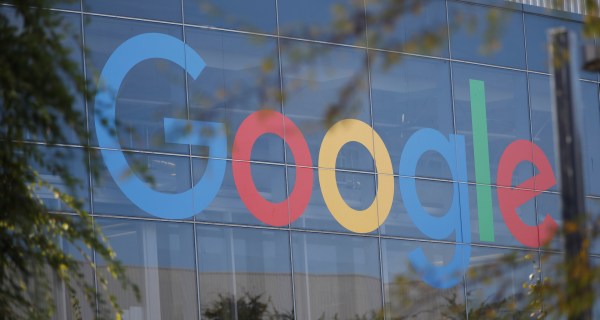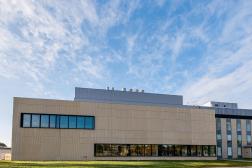They are coming: Cloudlets. Fog Computing. Cyberforaging.
As use of cloud computing grows and the federal government looks to harness its possibilities, scientists have already started working on what the next iteration of cloud will look like. At the same time, global bandwidth continues to dwindle, with networks only able to handle so much traffic.
“It’s not unreasonable for people to expect their mobile devices to behave like their desktops,” said Grace Lewis, a senior member of the software Engineering Institute at Carnegie Mellon University, at a federal cloud computing summit last week. However, with increased cloud adoption and the expansion of the Internet of Things, “we are going to come to a point where our devices are not going to be able to handle all this traffic,” Lewis said.
A big portion of this traffic crunch comes from smartphones, which are increasingly becoming the primary way people interact with the Internet. This creates a snowball effect: More smartphone use means more data, which means the need for more hosting, which means companies have to find a place to stash it all.
Enter “edge computing” or “fog computing,” through which applications, data and computing power are pushed closer to end users, or the “edge” of the cloud.
Lewis is working on a similar computing structure known as “cyberforaging,” which will allow mobile devices to “exploit and discover those resources that are around you.”
Some examples of cyberforaging Lewis described were “computational offload,” which would divert computing power from a mobile device to a faster nearby machine, thus saving a mobile device’s battery power. Lewis also talked about “data staging,” which would improve data transfers between mobile devices and the cloud by temporarily staging data in transit.
Another way Lewis sees cloud networks improving is through “cloudlets” or “baby clouds” — hubs that can serve as intermediaries between mobile devices and larger cloud services. The hubs could be objects — cars, traffic lights, wireless routers — that are already interacting with the Internet but could give and take data as the need presents itself.
“If you think about the vision for cloudlets, it’s this sensing interaction with mobile devices seamlessly, and sensing all the interactions…having all the benefits of mobile cloud computing, but it’s much better because I have these little clouds that are close to me, where I can leverage all of their power,” she said.
A big advantage of cloudlets would be their ability to operate despite being disconnected with the Internet. Lewis said she could see cloudlets being loaded with “everything that you need” in advance in order to ensure usability, such as portable cloudlets set up for disaster responders or loaded onto a Humvee that has been deployed in a war zone.
“Especially in the tactical environments, you don’t know what connectivity is going to be like,” she said.
But as fog computing evolves for the public, is there space for government to harness this technology?
John Messina, a computer scientist with the National Institute of Standards and Technology, said the framework is already being built to leverage these advancements.
“We will move toward a far more seamlessly integrated future and leave behind what we currently have,” Messina said, adding that these new fog structures will solve problems agencies currently have.
“This tightly-integrated future that we have is going to be far more automatic than it currently is,” he said. “It’s going to deal with a lot of the interoperability issues that we are already dealing with. The whole idea is to make it as automatic as possible and as easy for people to use as can be expected.”





